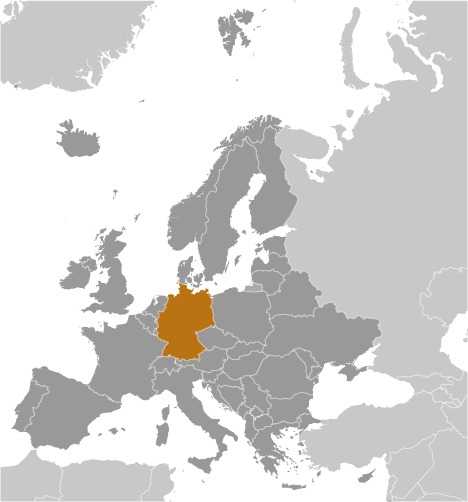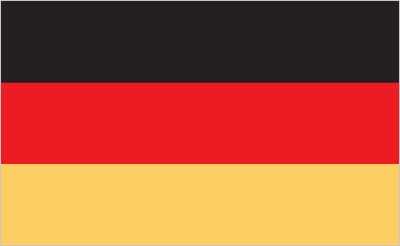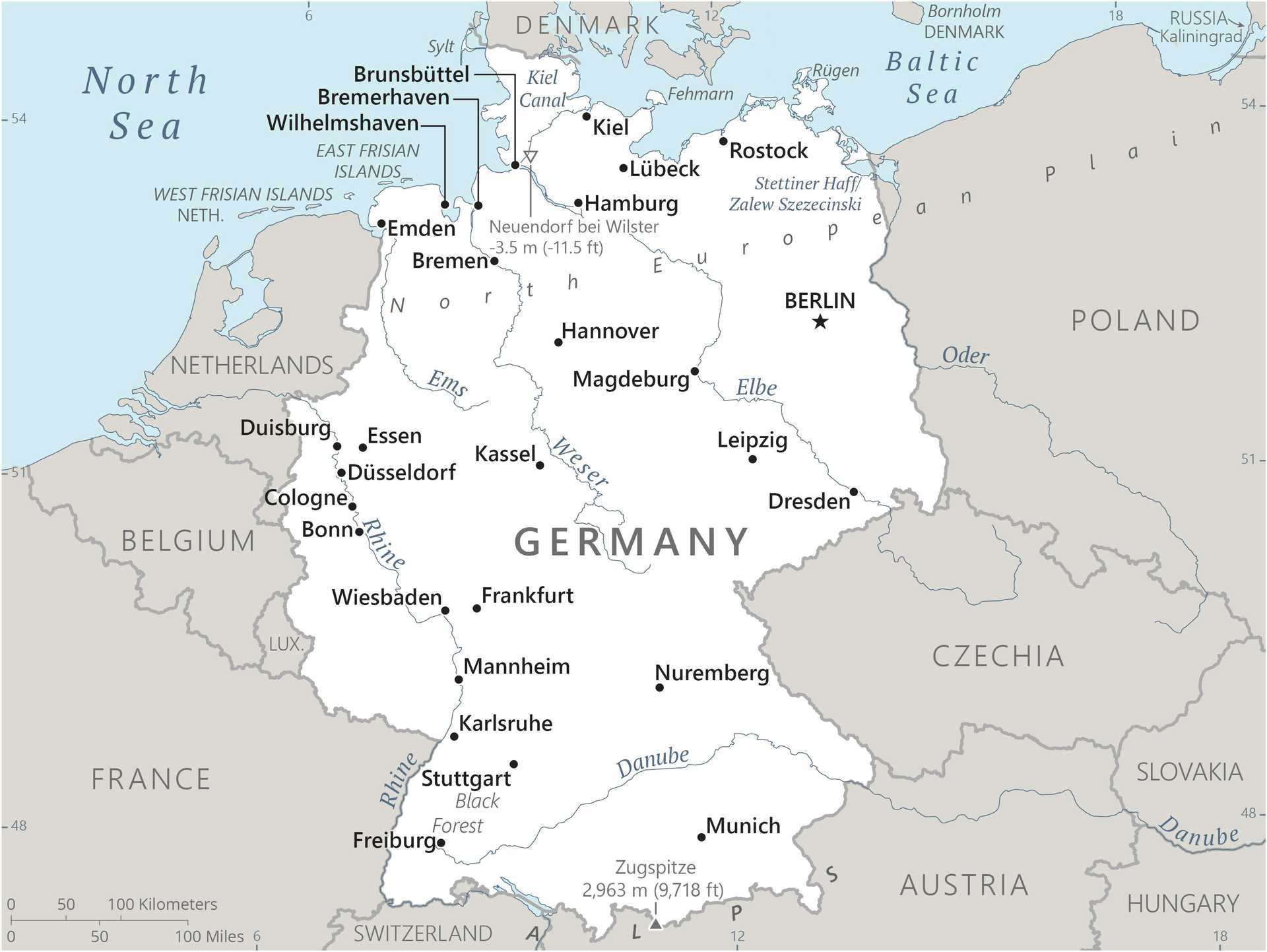Introduction
Background
As Europe's largest economy and second most-populous nation (after Russia), Germany is a key member of the continent's economic, political, and defense organizations. Divided after World War II, Germany reunified in 1990 when the USSR collapsed and the Cold War ended.
Geography
Area
total : 357,022 sq km
land: 348,672 sq km
water: 8,350 sq km
Climate
temperate and marine; cool, cloudy, wet winters and summers; occasional warm mountain (foehn) wind
Natural resources
coal, lignite, natural gas, iron ore, copper, nickel, uranium, potash, salt, construction materials, timber, arable land
People and Society
Population
total: 84,119,100
Ethnic groups
German 85.4%, Turkish 1.8%, Ukrainian 1.4%, Syrian 1.1%, Romanian 1%, Poland 1%, other/stateless/unspecified 8.3% (2022 est.)
Languages
German (official); note - Danish, Frisian, Sorbian, and Romani are official minority languages; Low German, Danish, North Frisian, Sater Frisian, Lower Sorbian, Upper Sorbian, and Romani are recognized as regional languages under the European Charter for Regional or Minority Languages
Religions
Roman Catholic 24.8%, Protestant 22.6%, Muslim 3.7%, other 5.1%, none 43.8% (2022 est.)
Population growth rate
-0.12% (2024 est.)
Government
Government type
federal parliamentary republic
Capital
name: Berlin
Executive branch
chief of state: President Frank-Walter STEINMEIER (since 19 March 2017)
head of government: Chancellor Olaf SCHOLZ (since 8 December 2021)
Legislative branch
description: bicameral Parliament or Parlament consists of:
Federal Council or Bundesrat (69 seats statutory, 71 current; members appointed by each of the 16 state governments)
Federal Diet or Bundestag (736 seats statutory, 736 for the 2021-25 term - total seats can vary each electoral term; currently includes 4 seats for independent members; approximately one-half of members directly elected in multi-seat constituencies by proportional representation vote and approximately one-half directly elected in single-seat constituencies by simple majority vote; members' terms depend upon the states they represent)
Economy
Economic overview
leading diversified, export-driven, core EU and eurozone economy; key automotive, chemical, engineering, finance, and green energy industries; growth stalled by energy crisis; tight labor market with falling working-age population; fiscal rebalancing with phaseout of energy price supports
Real GDP (purchasing power parity)
$5.23 trillion (2023 est.)
$5.246 trillion (2022 est.)
$5.153 trillion (2021 est.)
Real GDP per capita
$61,900 (2023 est.)
$62,600 (2022 est.)
$61,900 (2021 est.)
Agricultural products
milk, sugar beets, wheat, barley, potatoes, pork, rapeseed, maize, rye, triticale (2022)
Industries
iron, steel, coal, cement, chemicals, machinery, vehicles, machine tools, electronics, automobiles, food and beverages, shipbuilding, textiles
Exports
$2.104 trillion (2023 est.)
$2.092 trillion (2022 est.)
$2.034 trillion (2021 est.)
Exports - partners
US 10%, France 7%, China 7%, Netherlands 7%, Italy 6% (2022)
Exports - commodities
cars, packaged medicine, vehicle parts/accessories, vaccines, plastic products (2022)
Imports
$1.927 trillion (2023 est.)
$1.997 trillion (2022 est.)
$1.798 trillion (2021 est.)
Imports - partners
China 10%, Netherlands 9%, Poland 6%, Belgium 6%, Italy 5% (2022)
Imports - commodities
natural gas, cars, garments, vehicle parts/accessories, crude petroleum (2022)
Exchange rates
euros (EUR) per US dollar -
Page last updated: Wednesday, July 24, 2024




